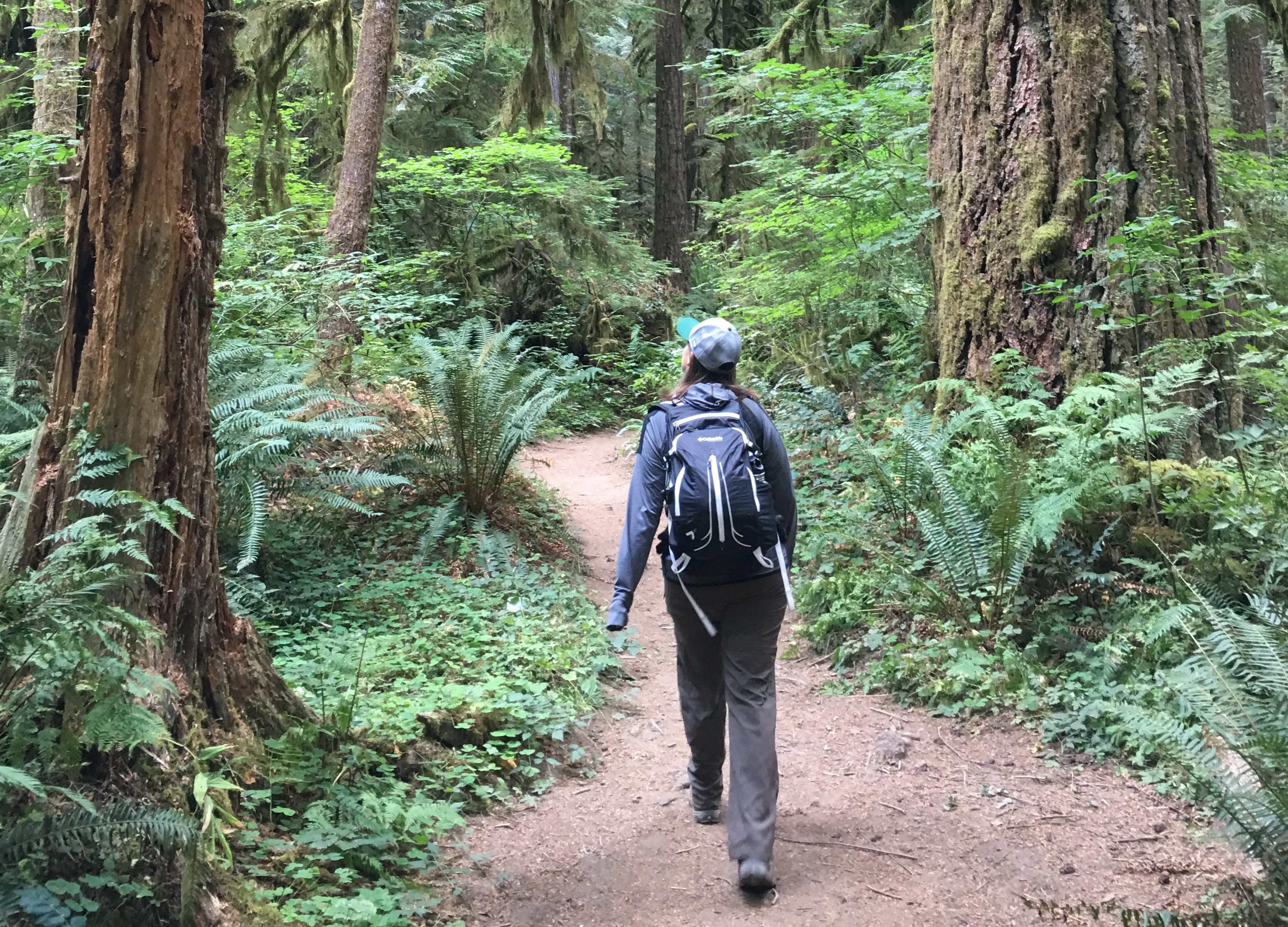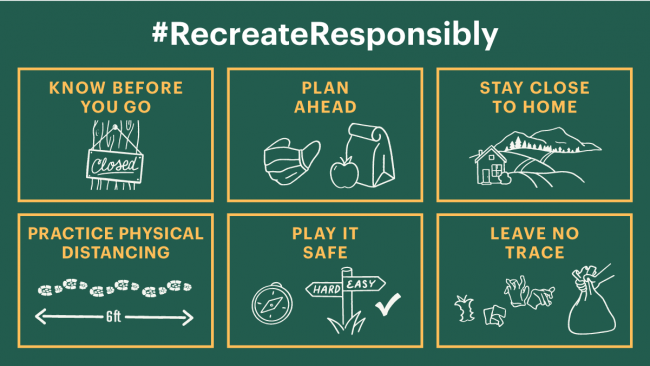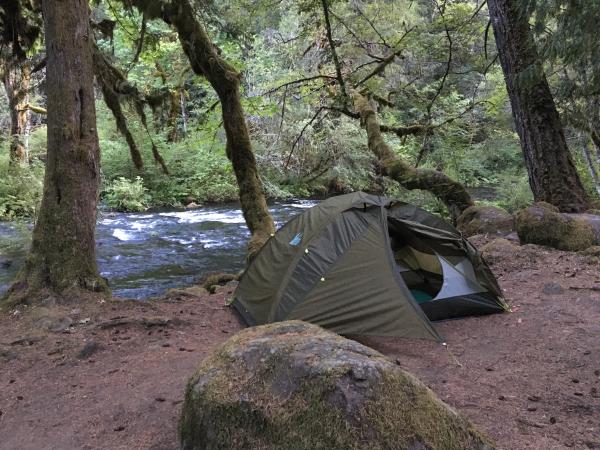
We know you’re itching to go outside and hit the trail, pitch a tent, or launch a kayak after a spring of staying home and staying safe. As places reopen and it becomes safer to do so, there are a lot of new considerations and best practices we want to encourage everyone to think about before you make the decision to get outside to enjoy our public lands. 
Keep yourself and others safe.
Remember: just because you’re outside doesn’t mean the virus can’t spread, so it’s important that we take all the same health and safety precautions as we do in our homes and communities.
- Maintain a safe distance from others - 6 to 10 feet if not from your household
- Stay home if you're feeling sick in any way
- Practice good hand hygiene - washing thoroughly or sanitizing frequently
- Stay in small groups (10 or less)
- Wear a mask or other face covering if you need to be within 6 feet of other people outside your household.
Specifically regarding outdoor activities:
- Provide a good passing space between all trail users. This means stepping aside on a trail to let others pass, and pulling up your mask or bandana as an extra precaution if the trail is narrow.
- Be extra cautious and don't take risks. Keep in mind that if you get injured or lost because you took unnecessary risks, you’re putting search and rescue volunteers, first responders, and hospital staff in potential danger.
- Be aware of touching common surfaces you might encounter, like outhouse door handles or permit stations. Clean your hands before and after touching these things, or use a barrier like tissue.
- Avoid carpooling with friends outside your household. If you meet up with a small group, meet at trailheads to avoid being confined together in close proximity.
- Leave extra space between parked cars.
- Stay close to home for outdoor activities. This cuts down on the potential spread of the coronavirus, as well as on the need to stop for restrooms, gas, or supplies.
Plan your trip carefully & be prepared.
- Be self sufficient. Before you leave home, prepare your own food, pack plenty of water, and bring any supplies like toilet paper and garbage bags you might need. It’s still best to get gas in your own town, and plan not to stop at stores in distant towns or at public restrooms.
- Make yourself a “clean kit” for your car or backpack with latex gloves, hand sanitizer, and sanitizing wipes in case you do need to use a restroom or make a stop. Include baggies or trash bags for packing out trash (your own and maybe what you may find out there).
- Avoid popular or crowded areas. For example, the Columbia Gorge or coast might be a tempting retreat, but consider how busy it usually is and think twice… Consider visiting at off-peak times when a place is less likely to be crowded to avoid this situation.
- Have a backup plan. If you arrive at a trailhead to a full parking lot or a “closed” sign - move on. It’s safer for everyone to not contribute to overcrowding, and important to honor closures.
Be responsible to the land.
There are a lot of people using public lands the wrong way right now - leaving trash and camping irresponsibly. Let's be responsible to the water, plants, and wildlife we love to visit!
- Obey 'Leave No Trace' principles. For example, if public restrooms are not available or safe to use, be prepared to pack out your waste. Really. ALL of it. Learn more here.
- Prevent fires! Don’t start fires unless in an authorized area and with great care. Most wildfires are caused by careless humans. This year, wildfire crews are taking on extra risk due to the coronavirus and we have a responsibility to prevent fires for both the land and these firefighters.
- If campgrounds remain closed and you plan to do some dispersed camping, be sure to be well equipped for not having facilities, practicing all Leave No Trace principles, following rules on where you can camp, and preventing fires.
- If trailheads remain closed and you decide to hike on a trail by accessing it from another point, be sure to park safely and without causing damage to roadside vegetation or waterways. Don’t block any side roads, allow enough room for passage, and don’t park along busy roads.
Is it open? Know before you go. 
What recreation sites are open is still an evolving situation. Closures of state parks, National Parks, National Forests, and BLM sites and trails are being updated regularly as Oregon starts to reopen in phases. You can check on the latest with these links:
- Bureau of Land Management
- US Forest Service
- Crater Lake National Park
- Oregon State Parks
- Oregon State Forests
- Oregon Department of Fish and Wildlife:
Additional resources:
Travel Oregon is keeping up to date on State guidance and closures. They also reiterate the tips found above.
Washington Trails Association has some good comprehensive tips on their website.
Outdoor Industry Association and many partners have launched #RecreateResponsibly with good tips as well.
 '
'
